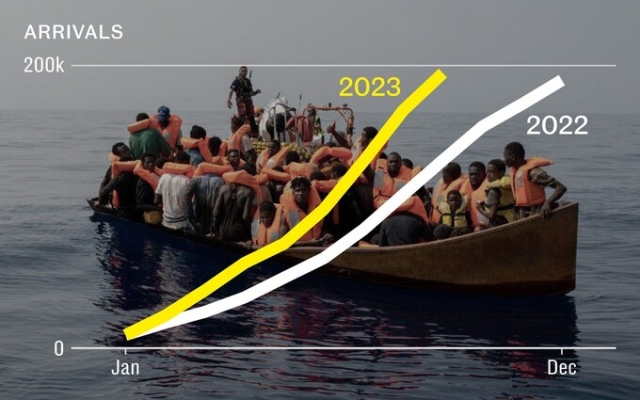 Migrants cram into a metal boat between Lampedusa, Italy, and Tunisia
Migrants cram into a metal boat between Lampedusa, Italy, and Tunisia
People smugglers have turned to metal boats built on the beach — by nicknamed «coffins in water» — how migration routes have changed in the new European migration crisis.
Gangsters have changed their methods from those used since the peak of the arrival of migrants from the Middle East in 2015-2016 to to adapt due to growing demand from the North African coast.
Frontex, the EU border agency, told The Telegraph that traffickers are using cheap boats to offer discounted travel to Italy to migrants desperate to reach Europe through the Mediterranean Sea.
An analysis of Telegraph data shows the number of migrants is the highest since 2016, with flows heavily skewed towards shipping routes between Africa and southern Europe.
The ships making the deadly journey in the Mediterranean used to be old traditional ones boats. Now smaller metal boats, which can cost between £860 and £1,700, are being assembled on the beaches of Tunisia.
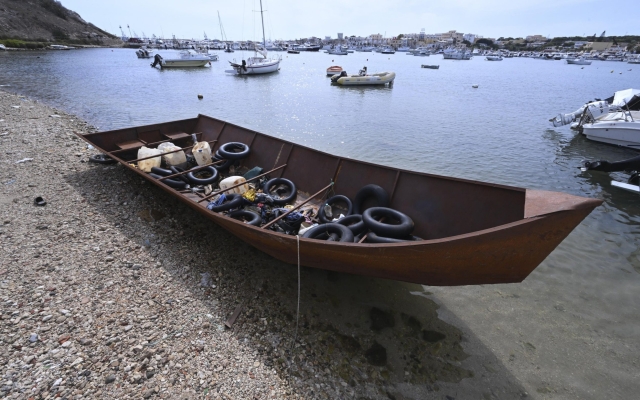 One of the “coffins in the water” is moored on the beach in Lampedusa Photo: CIRO FUSCO/EPA-EFE/Shutterstock
One of the “coffins in the water” is moored on the beach in Lampedusa Photo: CIRO FUSCO/EPA-EFE/Shutterstock
“This is significant has reduced sea crossing prices,” Frontex said, adding that they had fallen from £860 to £170.
“These metal boats are like coffins in the water. They are not able to withstand stronger waves or storms.»
Boats are launched in dozens at a time, with 40 or more people on board.
Frontex claims they are often targeted by other gangs who will impose an additional «tow tax» on Lampedusa or extort payment to prevent the ship from capsizing.
October 3 will mark ten years since how 368 migrants died trying to reach Lampedusa after being overrun. on a flimsy boat that suffered one of the worst shipwrecks in the Mediterranean.
Now the tiny Italian island is overflowing with arrivals, with more migrants arriving in Europe than at any time since the migrant crisis.
But there are other important differences between now and 2015, when more people crossed the border. to There are more people in Europe than at any time since the Second World War.
Another crisis?
As of mid-September, the number of arrivals this year had reached 199,691, already the highest since the migration the crisis began to ease in 2016.< /p>
Analysis of Telegraph data suggests the number could easily top a quarter of a million this year.
But that is dwarfed by the 1.3 million people who sought asylum in Europe in 2015, the highest since from the Second World War. World War
The 2,809 arrivals are the highest since 2016.
The main reason for such a large number of tourists was the civil war in Syria, most of whom crossed the Mediterranean from Turkey in 2015.
Since the start of this year, some 2,778 people have died or gone missing while crossing the border, a figure likely to rise. According to the International Organization for Migration, 4,055 migrants died trying to cross the Mediterranean in 2015.
Where are they from?
The growing importance of the central Mediterranean route to Europe has changed the composition of the population. arrivals.
In 2015, about 77 percent of migrants arriving in Italy, Greece and Spain by sea were from just three war-torn countries — Syria, Afghanistan and Iraq.
So this year, this group represents only 10 percent of all people entering these countries.
2,909 African countries lead migrants
This year, two-thirds of migrants came from Africa, with Cote D&C making up the largest group #39;Ivoire, Guinea and Egypt.
In addition, the number of people from South Asia is growing — approximately 16 percent of the total. arrivals, up from 6 percent in 2017, with large numbers from Pakistan and Bangladesh.
This has led to accusations that while many fled war and Islamic State in 2015, many more are now economic migrants. rather than actual refugees.
Are they economic migrants?
Most of the new migrants are from Africa, part of a broader trend since the crisis that has led to accusations that they are not seeking asylum.
During a visit to Rome, Gérald Darmanin, the French interior minister, said that 60 percent of those arriving in Lampedusa were economic migrants.
It is too early to give any data to suggest how many of them are economic migrants . However, none of the five largest countries of origin — Ivory Coast, Guinea, Egypt, Bangladesh and Pakistan — are currently at war.
The EU is trying to curb the number of illegal border crossings through an aid program African countries and the opening of legal migration routes.
Where do they land?
More than two-thirds of all migrants arriving in Europe this year landed in Italy by sea until the end of June. , with the majority traveling from Tunisia and Libya.
This is a sharp shift from 2015, when just 15 percent of migrants arrived in Italy and 83 percent landed in Greece by sea.
p>Today, arrivals by boat in Greece account for only 6 percent of the total. According to the UN International Organization for Migration, as of the end of June this year, more and more migrants are trying to reach Europe through Spain from Morocco.
2809 Italy is the main entry point
Since 2015, a major change has been the EU return agreement migrants with Turkey, signed in 2016.
This meant that Ankara pledged to stop illegal crossings from its territory to the Greek islands in exchange for more help to host refugee camps.
Turkey agreed to take back migrants crossing the border illegally, but for each of them they took, a real refugee was resettled in the EU from its soil.
The EU has agreements with Libya, including providing coast guard training and boats, but thousands of migrants still did so this year. < /p>
However, it was only this year that the EU concluded a migration agreement with Tunisia, which has not yet reached full capacity.
The 125,000 migrants arrived in Italy, most likely from somewhere between the two countries, and in particular to Lampedusa, Italy's southernmost island, which is about 200 miles from Tunisia.
Where are they going?
Requests for Asylum grants are distributed much more evenly across Europe than in 2015. crisis.
At one point, Germany had 91 claims for every 100,000 inhabitants, while in countries such as Spain and France the figure was less than 10 per 100,000 inhabitants.< /p> 2809 asylum applications distributed
Germany continues to have the highest number of asylum applications. but the total is much lower, at around 30 per 100,000 as of June.
This figure is still ahead of the main «first arrival» countries such as Greece (23 per 100,000), Italy (17 per 100,000) and Malta (9 per 100,000).
In France and Belgium the rate is around 16 per 100,000.
Channel Crossing
One of the clear differences between now and 2015 is the number of small boats attempting to cross the English Channel illegally into the UK from Europe.
24,208 migrants have crossed the English Channel this year, compared with around 33,000 last year. this year. point last year. However, the problem was virtually non-existent before Covid, with just 299 border crossings in all of 2018.
Some argue that the migrant crisis helped swing the 2016 Brexit referendum in favor of leaving the EU.
< p>But ironically, the vote to take back control of the UK's borders removed one of the UK's main deterrents to illegal migrants.
Brexit meant the UK withdrew from the EU's Dublin Regulation, which gave it the legal right to send migrants back to the first safe EU country they landed in and failed to negotiate a replacement with Brussels.
1208 Cumulative. the arrival of people crossing the English Channel in small boats. What about arriving by land?
After an agreement with Turkey stopped many sea crossings to Greece, the route through the Western Balkans became more popular.
Migrants traveled from the Middle East, Asia and Africa through Turkey and non-EU Balkan countries. before entering the bloc in countries such as Hungary.
This route has been particularly popular in 2022, bringing mostly people from war-torn Syria and Afghanistan into the region.
But the number has fallen 19 percent this year as Western Balkan countries, many of which hope to one day join the EU, tightened their visa policies.
Who is applying for asylum?
Once migrants land in Europe, they become part of the wider asylum system.
In 2015, 55 percent of all asylum applications came from Syria, Afghanistan and Iraq , but in 2023 these countries represent only one in four of all applications made on the continent.
A total of 2,809 asylum applications
Instead, about one in five comes from Latin America (especially Venezuela and Colombia) and 22 percent from Africa. Turkey also accounts for about 7 percent of claims.
Claims from Latin America are mainly brought against Spain by the former colonies of Venezuela, which is experiencing an economic crisis, and Colombia, which has experienced internal conflicts.
What about the Ukrainians ?
Across the EU there are 4.1 million Ukrainian refugees who fled Vladimir Putin's illegal invasion.
In contrast to the reception many Syrians received in 2015, they were given a warm welcome.
>
The EU agreed to temporarily suspend visa requirements, effectively allowing Ukrainians to remain in the EU until March 2024. This week the EU agreed to extend the validity of the visa by a year.
What is being done?
The political climate in the EU has become harsher towards refugees and migrants; at least those who are not from Ukraine.
Frontex has seen a huge increase in resources since 2015, when it had an annual budget of €143.3 million, £124 million and 309 employees.
In 2022, the budget increased to €754 million (£653 million) and the company now employs more than 2,000 people.
NGOs blame Brussels and its member states for construction «Fortresses of Europe» with high fences, illegal pushbacks and dodgy deals with states with poor human rights records.
Anti-migrant governments in countries like Austria and Hungary look at the UK's Rwanda plan with envy.
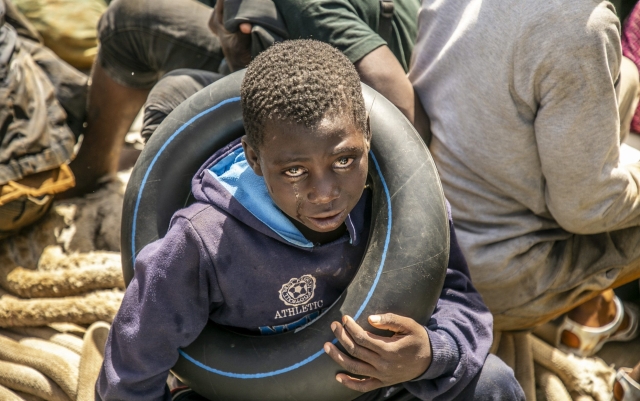 Migrant child cries during an operation carried out by coastguard teams of the Tunisian National Guar Credit: Anadolu Agency
Migrant child cries during an operation carried out by coastguard teams of the Tunisian National Guar Credit: Anadolu Agency
In 2015, Angela Merkel opened Germany's borders to millions of migrants crossing Europe. The refugees were greeted warmly.
Now even Berlin has taken a tougher stance on migration and has reintroduced border controls with the Czech Republic and Poland in response to the increased influx of migrants.
Matteo de Bellis of Amnesty International said: “In 2015 we saw European governments tried to act in a humanitarian way and put the needs of people above other political considerations.”
“Unfortunately, we see governments moving towards a more secure approach and focusing on containment policies, trying to keep refugees and migrants where they are, on the other side of the sea.”
Lack of solidarity.
Mr de Bellis, who has worked on the central Mediterranean route for the past ten years, said the EU relies on migrant countries based on the idea of “we give you money, but we keep people.”
Another change from 2015, Mr de Bellis said, is the absence of a naval mission in the Mediterranean.
The boats are not stopped or towed to ports on the Italian mainland, but instead land on Lampedusa.
< p>Brussels has proposed introducing an EU naval mission as part of an action plan, including resettling refugees across Europe, to tackle the crisis on Lampedusa .
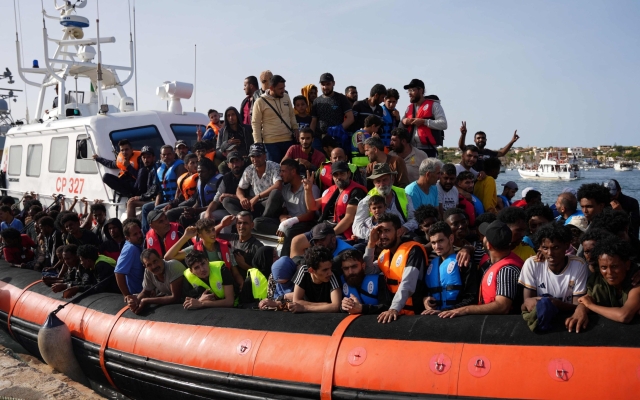 The number of migrants is the highest since 2016, with flows skewed heavily towards sea routes between Africa and southern Europe. Photo: ZAKARIA ABDELKAFI
The number of migrants is the highest since 2016, with flows skewed heavily towards sea routes between Africa and southern Europe. Photo: ZAKARIA ABDELKAFI
Deep differences remain among EU member states on the issue of migration. Hungary and Poland, as they have since 2015, are resisting EU quotas for resettling refugees across the bloc from countries under pressure such as Italy.
The first version of the system ended in failure, but the new version has tried to drum up support. by allowing member states to pay for each refugee they abandon and speed up returns.
Rome is angered by the lack of solidarity shown by Western European states such as France, which is pushing Dublin to return migrants to its territory.< /p>
Meanwhile, Paris, the Netherlands and others suspect Italy of turning a blind eye to migrants passing through their country to the rest of Europe.
Given such divisions in the EU, it is not surprising that the overall The bloc's migration policy has still not been fully reformed, despite numerous efforts made since 2015.


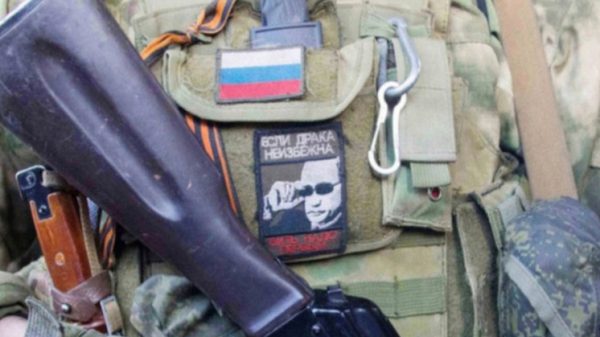


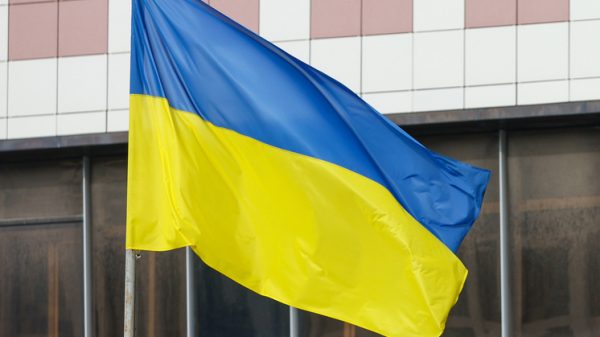


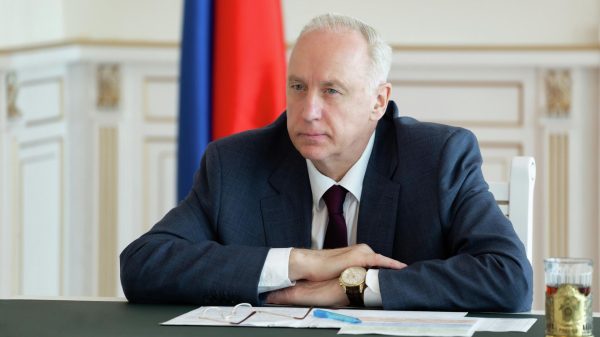
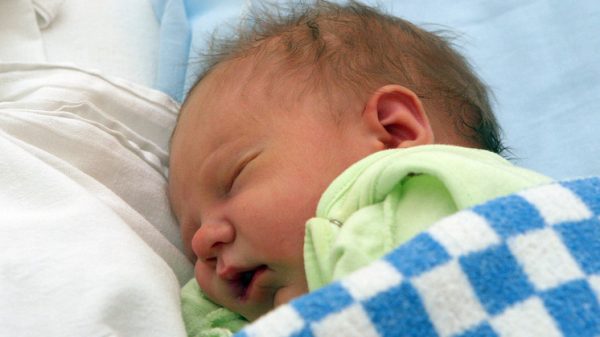


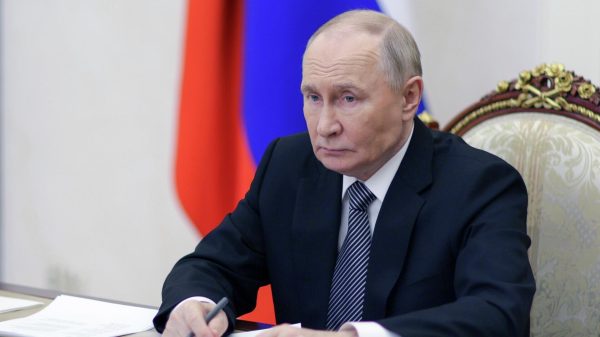
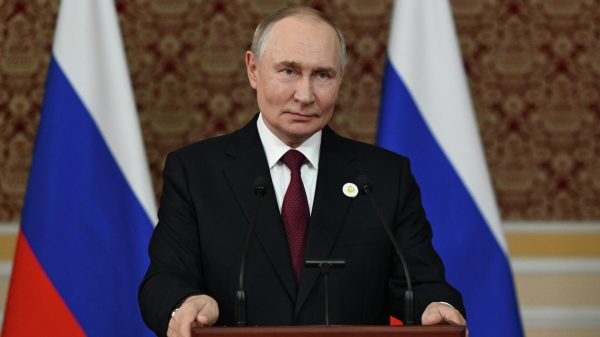
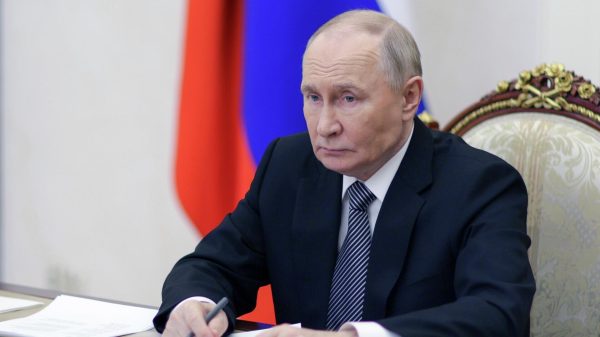
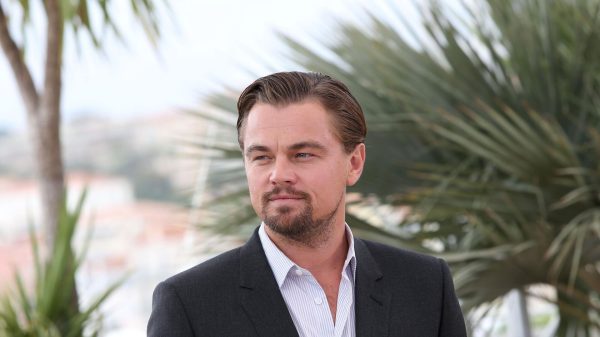

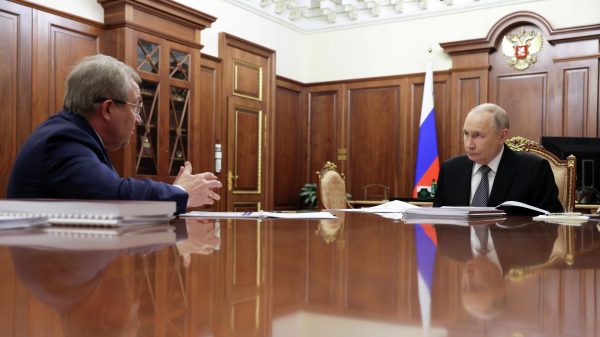
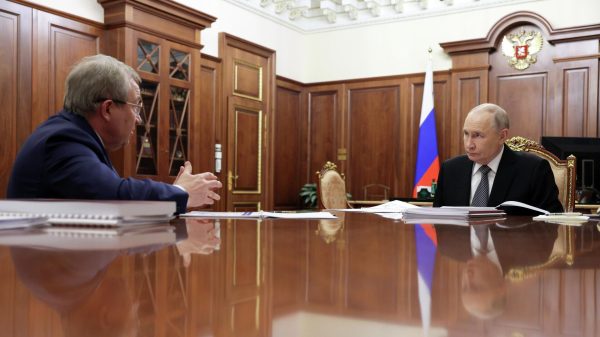
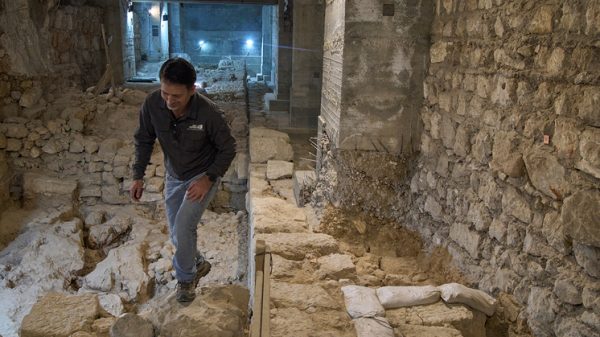
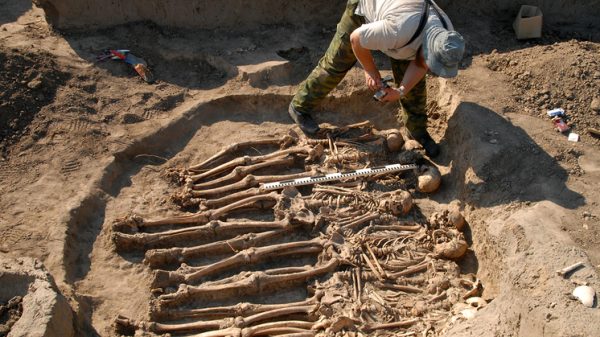
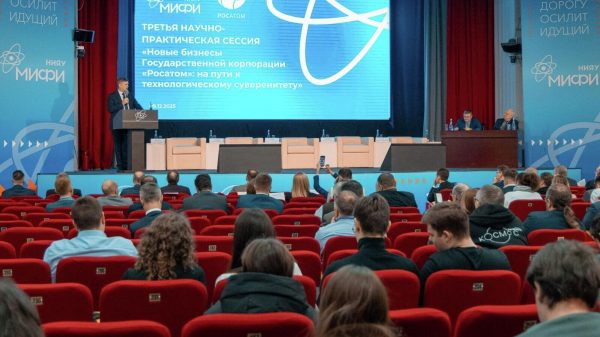









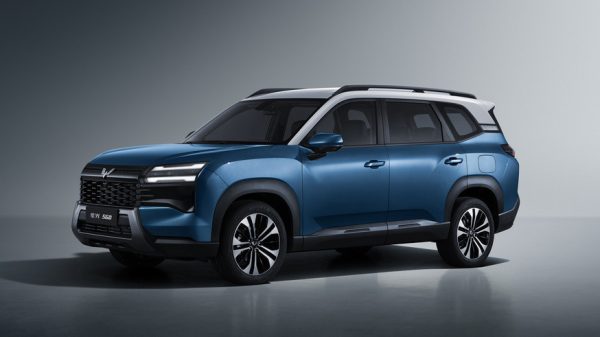





















Свежие комментарии